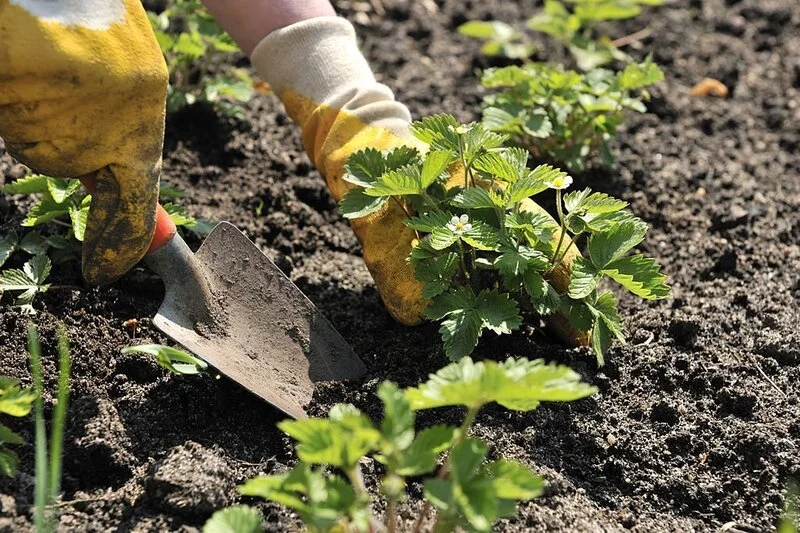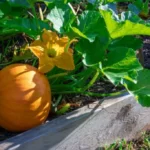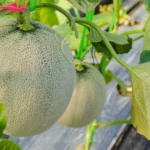Hello there, berry lovers! Are you curious about what strawberry plants look like? Maybe you want to grow them yourself or spot them while you’re out and about. Well, you’ve come to the right place. Let’s take a journey together and learn all about these sweet and lovely plants.
Brief Overview of Strawberry Plants
Strawberry plants are quite special. They’re not too big, usually about a foot tall, but boy, do they pack a punch with their juicy, sweet fruits. Now, a strawberry plant is what we call a ‘perennial.’ That means it can live for more than two years, producing lovely strawberries each year once it’s all settled in. Neat, right?
Describing the Appearance of Strawberry Plants
Now, what does a strawberry plant look like, you ask? Well, imagine a small, green plant with leaves that have three parts. These leaves are usually a bright, happy green, and they’ve got jagged edges, almost like teeth. And from the center of these leaves, you’ll often see thin, wiry stems popping up. Those stems are where you’ll find the flowers and fruits. But we’ll talk more about those a bit later.
Recognizing Strawberry Leaves
Recognizing strawberry leaves is fun! They are made up of three parts, like a little green trident. They’re toothed, which means the edges look like they have tiny teeth or points. The color is an inviting green, sometimes light, sometimes darker. The fun thing is, they kind of look like little hands waving at you from the plant. When you touch them, they feel slightly rough, but not too much.
Identifying Strawberry Flowers
Now, get ready for a treat. Strawberry flowers are a sight to behold! They’re usually white, and they’ve got five pretty petals each. In the center of the flower, you’ll see a yellow spot. That’s where the magic happens, turning the flower into a delicious strawberry. If you see these flowers, get excited, because that means strawberries are on the way!
Spotting Strawberry Fruit
And here comes the grand finale: spotting the strawberry fruit. Strawberries are probably one of the most recognizable fruits. They start as tiny green balls that eventually grow and turn a shiny red when they’re ready to be picked. They’re covered in tiny yellow seeds and have a green leafy hat on top, known as the calyx. And the best part? They’re as tasty as they are beautiful. So next time you see those white flowers, watch out for the little green balls that follow. They’ll soon turn into the juicy strawberries we all love.
Understanding the Life Cycle of Strawberry Plants
Imagine a life cycle, but it’s all about strawberries! Sounds interesting, right? So, strawberries start their life as seeds. When the conditions are just right, these seeds sprout and become small plants. As they grow, they send out “runners,” which look like long strings. These runners touch the ground and start new plants. Pretty cool, right?
Once the plant matures, it starts producing those beautiful white flowers we talked about. Each flower has the potential to turn into a juicy strawberry. After the strawberry is picked, the plant doesn’t stop. It keeps growing and producing more fruit. So, if you care for them well, you’ll have strawberries to enjoy season after season!
Common Strawberry Plant Varieties and Their Differences
Guess what? Not all strawberry plants are the same. There are many different types. Some are June-bearing, which means they give us strawberries in – you guessed it – June! Others are called everbearing, and they produce fruit throughout the growing season. Then there are day-neutral strawberries that don’t really care about how long or short the days are; they’ll just keep producing fruit.
And it’s not just about when they fruit. Different types also mean different sizes and flavors. Some strawberries are small and super sweet, while others are big and a little tart. There’s a strawberry out there for every taste!
- Planting and Growing Requirements: Before putting them outside they need to be started in a controlled environment as a plug or in a pot first. Like the red cup picture above.
- 1. Sunlight: Strawberry plants thrive in full sun, receiving at least 6 to 8 hours of direct sunlight daily. LED lighting is best. Window sill lighting usually only gets 2 to 3 hours direct sunlight.
- 2. Soil: Well-draining, loamy soil enriched with organic matter ( 70% soil and 30% play sand is idea) is ideal for bare root strawberry plants. Ensure the pH level of the soil is between 5.5 and 6.5 for optimal growth. Also, hydrate your soil first.
- 3. Planting Time: Plant bare root strawberries in early spring or late fall, ensuring the roots are well-spaced and spread out in the planting hole. Hydroponically anytime or indoor growing. Summer planting needs to be started indoors. If it is above 86 degree, cannot be started out in the field.
- 4. Spacing: Space strawberry plants approximately 8 to 10 inches apart in rows, leaving 2 feet between rows to allow for adequate airflow.
Conclusion
So, that’s our strawberry journey! I hope you enjoyed it as much as I did. Remember, strawberries are more than just tasty treats. They’re living things with their own life cycles, unique appearances, and there’s a whole variety of them. So next time you see a strawberry plant or enjoy a strawberry, you’ll know a little more about where it came from and what it took to get to you. Happy strawberry spotting!





